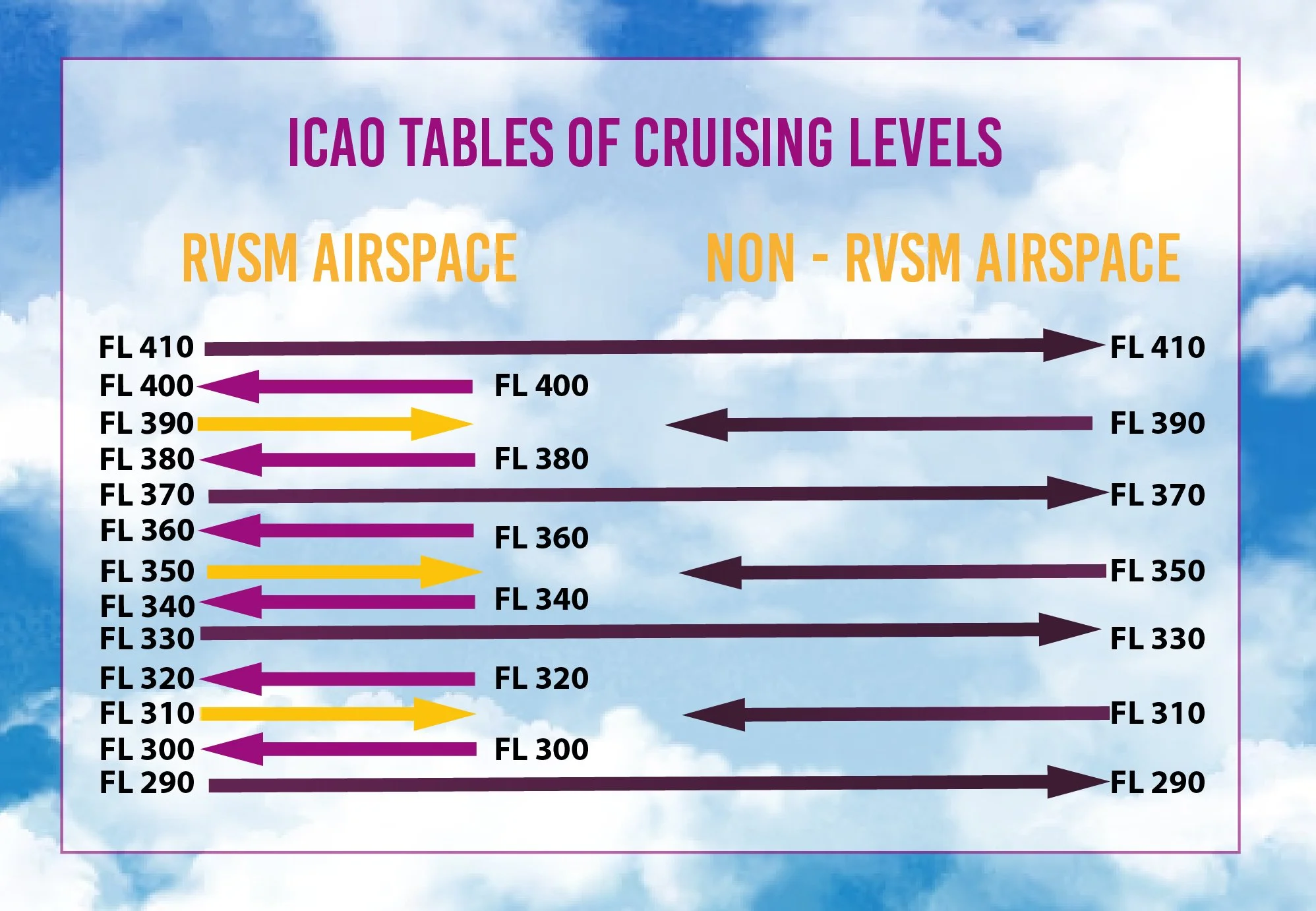FLYING IN RVSM IN INTERNATIONAL AIRSPACE, DON’T MAKE THIS MISTAKE
One of the most common mistakes made by US Certificated pilots flying high performance aircraft in international airspace is to improperly fly in RVSM airspace.
Effective January 2019, the FAA revised the RVSM authorization process in Part 91, Appendix G effective January 2019, to allow operation of RVSM capable aircraft, properly equipped with ADS-B Out systems, without a requirement for the operator to apply to the Federal Aviation Administration (FAA) to obtain a specific authorization. While this helps to simplify operations for US registered aircraft flying in US airspace, all foreign civil aviation authorities (CAA) require operators to hold specific RVSM approval prior to conducting RVSM operations in their airspace. Therefore, operators of U.S. registered aircraft need an Operations Specification (OpSpec), Management Specification (MSpec) or Letter of Authorization (LOA) to operate in Reduced Vertical Separation Minimum (RVSM) Airspace outside the United States.
While this rule has been around for several years now, we continue to hear of pilots who were unaware of this requirement and then ran afoul of foreign regulations when ramp checked in a foreign country. US Operators who are used to making domestic flights and then decide to make an international flight to the Caribbean, Mexico or beyond are the most common violators of this regulation. With so many other things to consider for planning an international flight, it is easy for this topic to fall through the cracks because it has never been an issue, until it is an issue. It is important to remember that FAA regulations require that when we are over the high seas, we must comply with Annex 2 (Rules of the Air) to the Convention on International Civil Aviation and with other applicable FAA regulations. In addition, when within a foreign country, we must comply with the regulations relating to the flight and maneuver of aircraft there in force. As all foreign CAA require the specific authorization, we must have it.
What can you do if you are planning an international flight and want to fly in international RVSM airspace? Well, you have 3 options:
1. If time allows, go to your FSDO or use a qualified 3’rd party service provider to obtain Operations Specification (OpSpec), Management Specification (MSpec) or Letter of Authorization (LOA) to operate in Reduced Vertical Separation Minimum (RVSM) Airspace
2. Fly above, or below, RVSM airspace.
3. Ask foreign ATC for authorization to fly in RVSM airspace after declaring that you are non-RVSM compliant. However, we DO NOT recommend this third option as there are too many factors involved where an innocent request and subsequent authorization could go the wrong way. For example, ATC may not have understood your request (language barriers) and unintentionally authorized an altitude thinking that you ARE RVSM compliant. Also, the civil aviation authorities in many countries are separate entities from ATC and they may not accept, or acknowledge, that the deviation was valid per strict interpretation of the law. There are just too many opportunities for things to go sideways for a US Operator in a foreign country.
International flying can be challenging, especially when operating a high performance aircraft flying in RVSM airspace. Make sure that you do your homework and due diligence before blasting off unprepared for that Margarita, otherwise, it could turn out to be a very expensive one.

